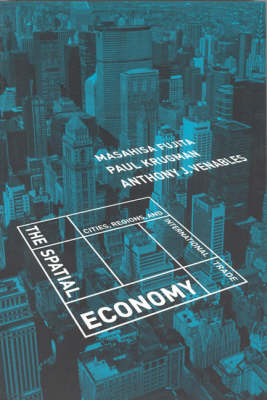The Spatial Economy
1 total work
The authors show how a common approach that emphasizes the three-way interaction among increasing returns, transportation costs, and the movement of productive factors can be applied to a wide range of issues in urban, regional, and international economics.
Since 1990 there has been a renaissance of theoretical and empirical work on the spatial aspects of the economy-that is, where economic activity occurs and why. Using new tools-in particular, modeling techniques developed to analyze industrial organization, international trade, and economic growth-this "new economic geography" has emerged as one of the most exciting areas of contemporary economics.
The authors show how seemingly disparate models reflect a few basic themes, and in so doing they develop a common "grammar" for discussing a variety of issues. They show how a common approach that emphasizes the three-way interaction among increasing returns, transportation costs, and the movement of productive factors can be applied to a wide range of issues in urban, regional, and international economics. This book is the first to provide a sound and unified explanation of the existence of large economic agglomerations at various spatial scales.
